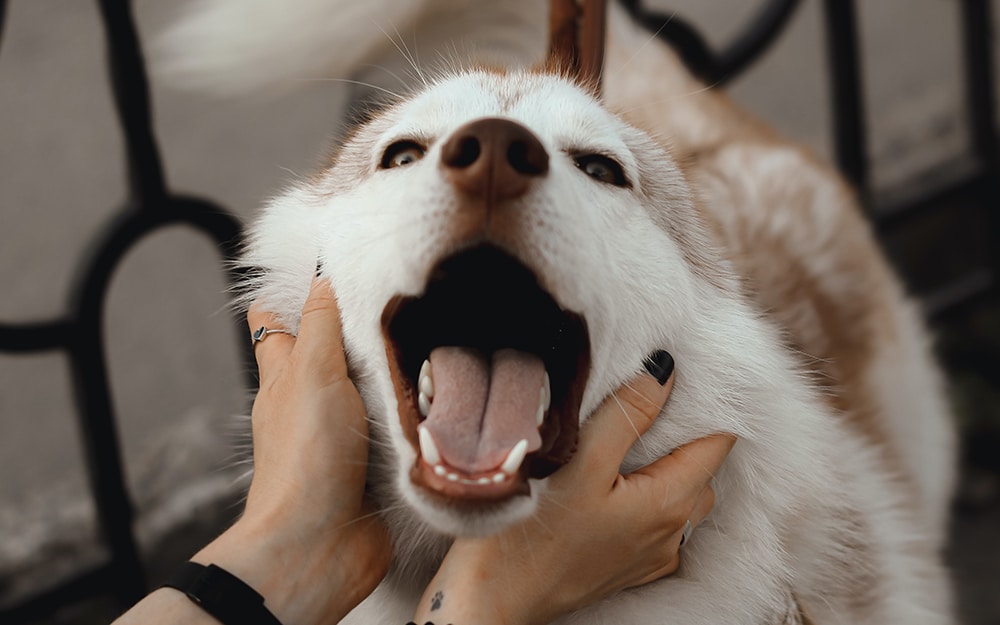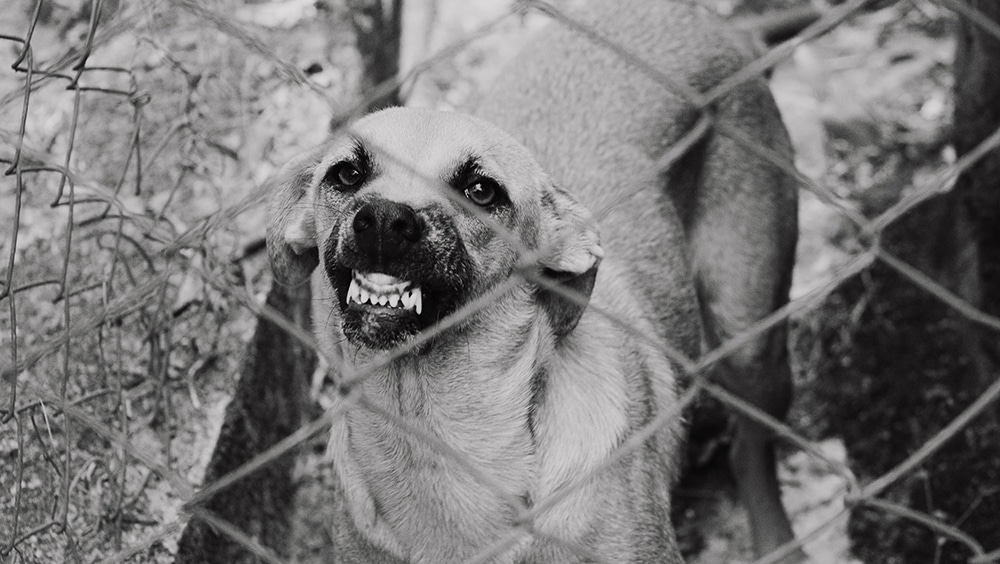A shelter or rescue pet can display different kinds of behaviors, with some being positive and others being negative. Aggression and anxiety are two behaviors that make potential dog owners hesitant in adopting. Though these types of canines may be a bit more work, they can become the best dogs with a little help and guidance.
This blog provides important information in understanding the reasons behind these behavioral issues and lists the types, signs and treatments of aggression and anxiety in dogs.
Reasons for Behavioral Issues
Many animals are born in puppy mills where genetic defects and personality disorders are not monitored and are passed down from generation to generation. These dogs are then purchased and oftentimes go to homes that are ill equipped at creating a consistently safe and loving environment.
Pets that end up in shelters or rescues are often the ones that have been mistreated. Common abuse towards animals includes physical, mental, emotional and neglect. Any of these forms of abuse can encourage an animal’s personality to one of aggression or anxiety.
The shelter life can add to the aggression and anxiety even with pets that come from a good home because of stress triggers. Transport, confinement in a new environment, strange smells, diet changes, irregular caregiving schedules, the absence of human contact can all stress an animal as they come to terms with being given up by their human family.
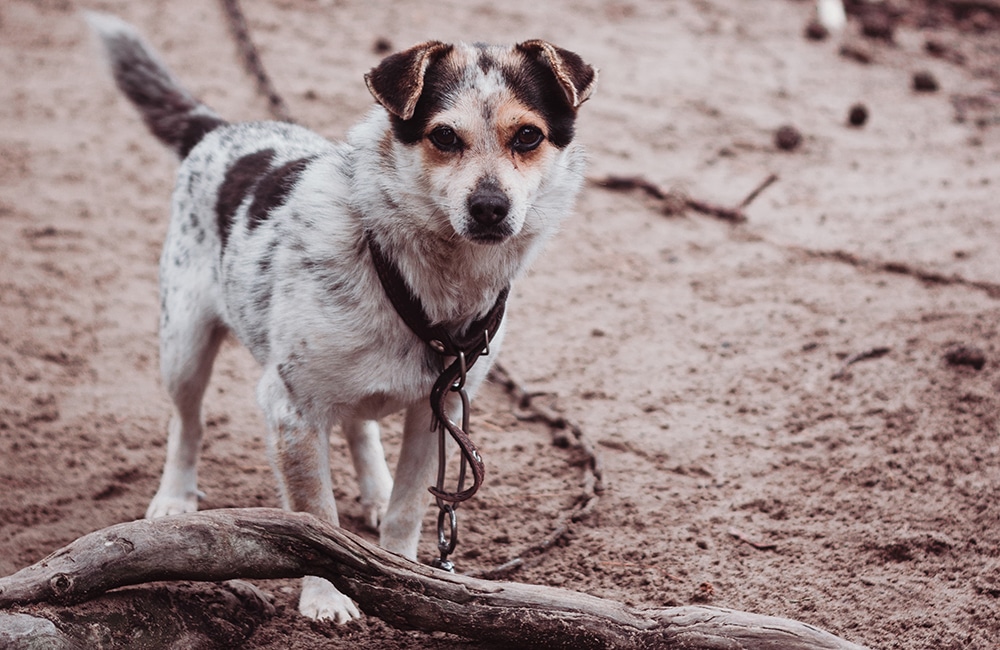
Dogs with Aggressive Behaviors
Types and Signs of Aggression in Dogs
There are different kinds of aggression in dogs. The types include predatory aggression, territorial aggression, leash aggression, containment aggression, pain or irritable aggression and conflict aggression. Speak with a shelter or rescue worker about what kind of aggression the dog has been displaying. Pay attention the first few days of adopting the pet to see if any other types of aggression appear. To learn more in depth about the types of aggression dogs can have, read this blog.
Despite the type of aggression, a dog uses body language to show that they are about to attack and get hostile. The signs to look for include a hard stare, growling, barking, snarling, stiffness, lunging, snapping, biting, teeth-baring, they barge through gates or doors before you, they block dog’s or other people’s paths or they put themselves between you and another person or dog. Take notes on who or what makes your dog hostile and the exact signs they display to help prevent any unsafe situations.
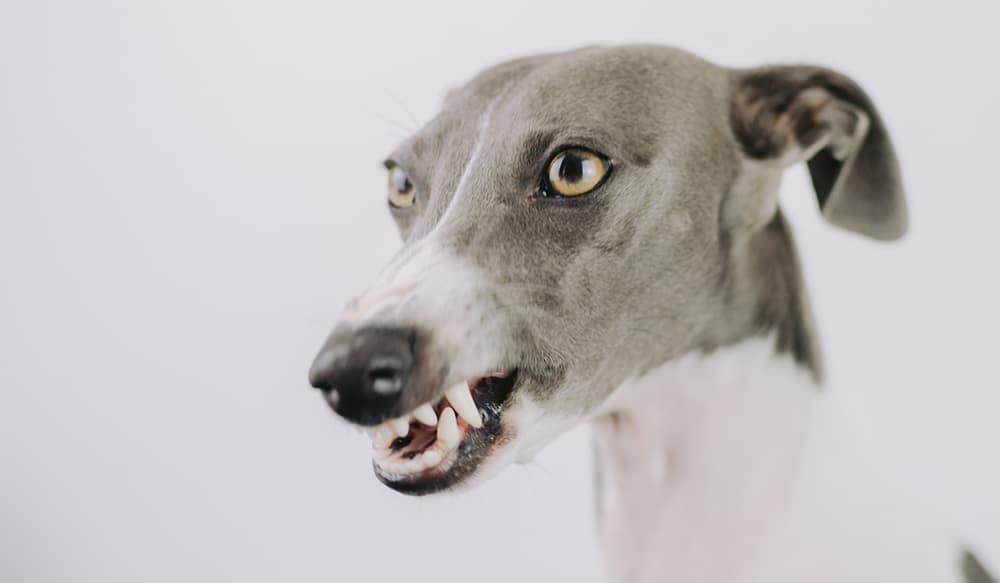
Treatment of Aggression in Dogs
There is hope for an aggressive dog to learn how to react to their triggers in a more productive and calm way. Behavioral modification with a qualified professional that uses positive reinforcement is considered one of the best ways to treat an aggressive dog. Positive reinforcement encourages the canine to choose a more constructive reaction to their triggers.
The training of “pairing” is when two things are connected through association. Pairing treats and praises with positive behavior towards aversive stimuli makes the presence of the stimuli less of a factor to the dog. They begin to associate their triggers with good things and become less likely to display any aggressive behavior.
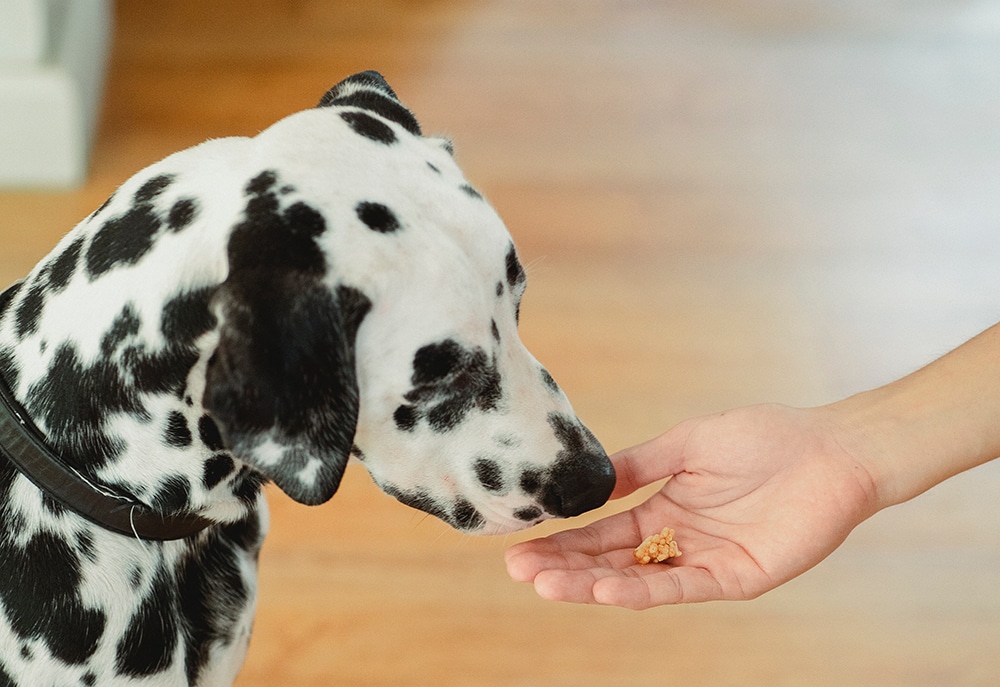
Dogs with Anxiety Behaviors
Types and Sign of Anxiety in Dogs
The three main types of anxiety are fear-related anxiety, separation anxiety and age-related anxiety. A stressed out dog displays the behaviors and body language of pacing, barking or whining, yawning, panting, escape or hiding behavior, excessive drooling, shedding, tense muscles, tucked tail, ears flat, eyes widen, destroying items, vomiting, diarrhea and lack of appetite. These symptoms show themselves within the first few days of having the new adopted pet in the home. Some of these signs are only short-term while others are constant. To learn more in depth about the signs of a stressed dog, read this blog.
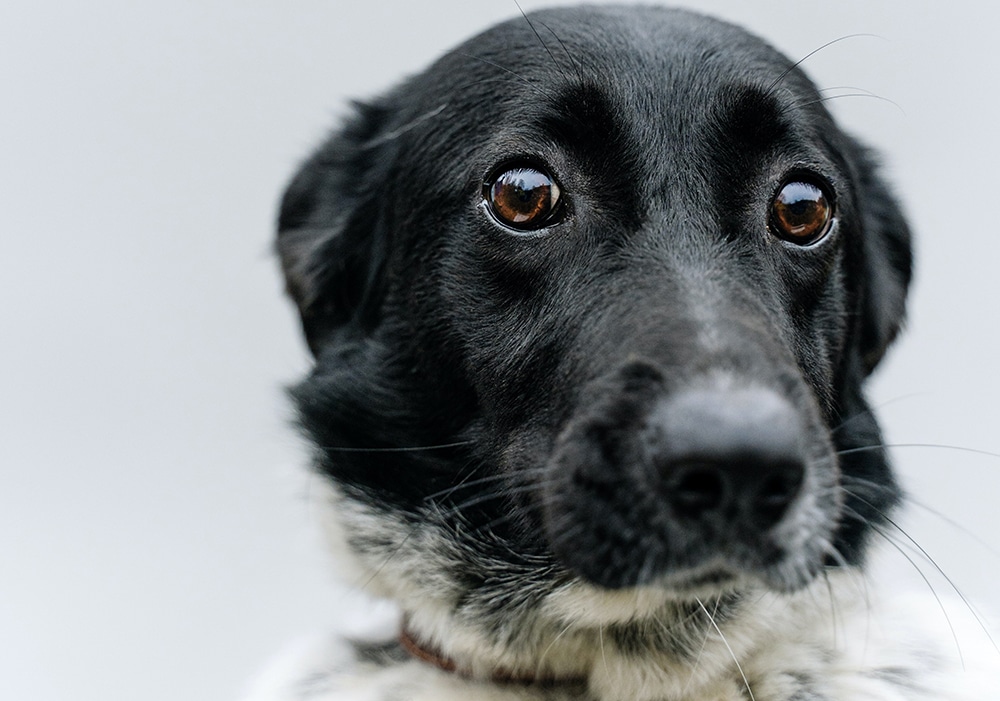
Treatments of Anxiety in Dogs
To ease the stress of anxiety in dogs there are a few tricks to keep them calm. Different things to help a pet relax are exercise, physical contact, listening to classical music, wearing calming shirts and coats, engaging in mental stimulation and having hormone diffusers throughout the home. Try out these different tips to see which ones ease the dog’s nervous system.
For chronic anxiety the above tips may not be enough to calm a pet down. CBD oil and anxiety medication works with a dog’s nervous system to help them regulate their emotions in a controlled way. With balanced emotions a pet is able to react to their stress triggers in a less extreme way or give no reaction at all.
Relaxation training guides your dog in how they respond to stressful situations. Use positive reinforcement in a safe environment to teach a canine to self soothe and relax in the presence of one of their stress triggers. To learn more about relaxation training read this blog.
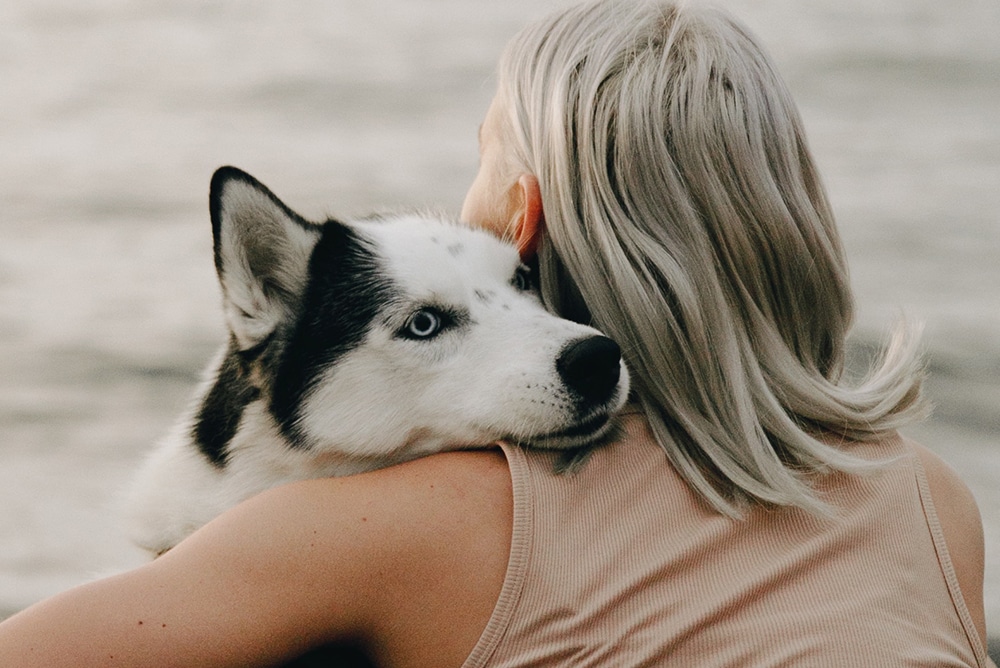
Patience is Key
Give your new adopted dog patience as they adjust to a new home. Many shelter and rescue dogs have not had the best life. Help them ease into accepting a loving and safe environment by allowing them a couple days to decompress, to learn to trust you and by providing a calm and comfy home.
An owner should take things slow as they write down notes on their new adopted dog’s body language in response to different situations. Once an owner knows the causes of aggression or anxiety they can make a plan. They would need to work with a qualified professional dog trainer and a veterinarian to guide and train the new pet to control their emotions and respond in a positive way to their triggers.
Dogs with aggressive and anxiety behaviors can learn to change how they respond to different people, animals and environments. There is hope that they can live happy and peaceful lives in their new loving homes.
